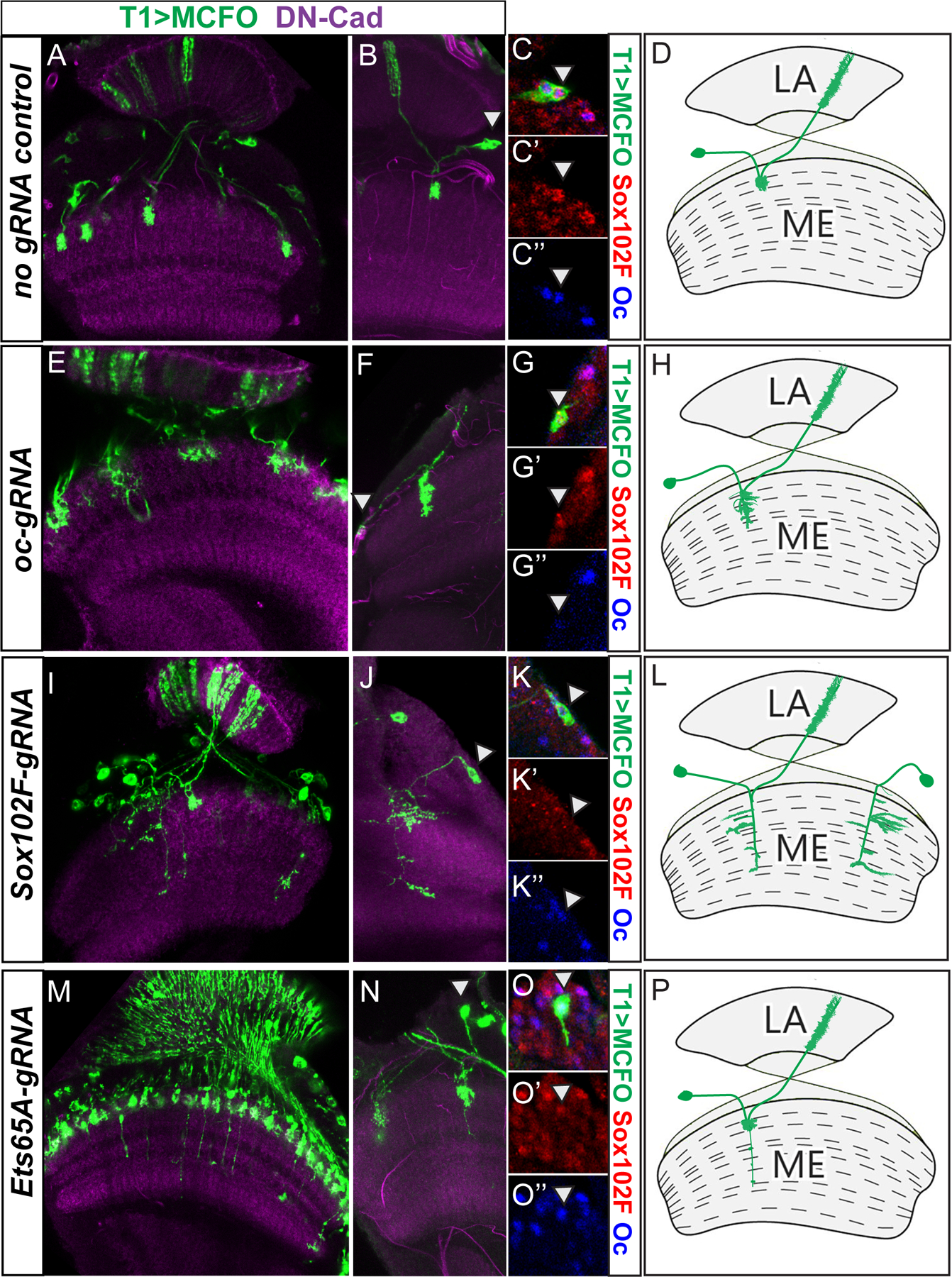Figure 3. Oc, Ets65A and Sox102F are each required for T1 neuron morphogenesis.

MCFO is used to visualize wild type or mutant T1 morphology with HA staining in green. In all panels, white arrowhead indicates the location of the cell body. (A–D) no gRNA wild type control (genotype: hsFLP/+; T1lexA /UASCas9; ey>Gal416F10, 13xLexAop2->dSTOP>-myr::smGFP-HA /+). (A) Densely labeled. (B) Sparsely labeled. (C–C”) Magnified view of the cell body marked with an arrowhead in (B) showing Sox102F (red) and Oc (blue) staining. (D) Drawing of the wild type T1 morphology. (E–H) oc is knocked down using ocgRNA (Genotype: hsFLP/+; T1lexA /UASCas9; ey>Gal416F10, 13xLexAop2->dSTOP>-myr::smGFP-HA / UAS-ocgRNA). (E) Densely labeled. (F) Sparsely labeled. (G-G”) Magnified view of the cell body marked with arrowhead in (F) showing Sox102F (red) and Oc (blue) staining. (H) Drawing of typical oc mutant T1 morphology. (I–L) Sox102F is knocked down using Sox102FgRNA (Genotype: hsFLP/+; T1lexA /UASCas9; ey>Gal416F10, 13xLexAop2->dSTOP>-myr::smGFP-HA / UAS-Sox102FgRNA). (I) Densely labeled. (J) Sparsely labeled. (K–K”) Magnified view of the cell body marked with arrowhead in (J) showing Sox102F (red) and Oc (blue) staining. (L) Drawing of typical Sox102F mutant T1 morphology. (M–P) Ets65A is knocked down using Ets65AgRNA (Genotype: hsFLP/+; T1lexA /UASCas9; ey>Gal416F10, 13xLexAop2->dSTOP>-myr::smGFP-HA / UAS-Ets65AgRNA). (M) Densely labeled. (N) Sparsely labeled. (O–O”) Magnified view of the cell body marked with arrowhead in (N) showing Sox102F (red) and Oc (blue) staining. (P) Drawing of typical Ets65A mutant T1 morphology.
